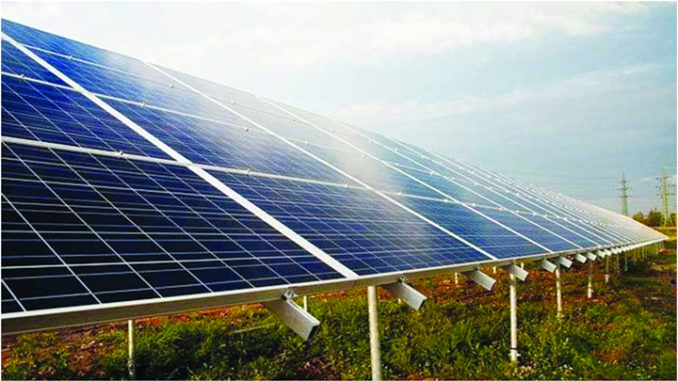
A team of researchers at the Massachusetts Institute of Technology (MIT) and Shanghai Jiao Tong University in China have come up with an inexpensive passive solar evaporation system that can be used to clean wastewater or desalinate saline water in order to provide potable water. Most modern attempts at solar desalination use some kind of wick to draw salty water through the device. But these wicks face the problem of salt accumulation, which causes the system’s efficiency to drop and requires regular and periodic maintenance, making it much more expensive and much less practical.
The new research findings have been published in a paper in the journal Nature Communications by MIT graduate student Lenan Zhang, postdoctoral associate Xiangyu Li, professor of mechanical engineering Evelyn Wang, and four others.
In order to avoid the problem of salt accumulation, the team created a wick-free system. Their system features a layered design with dark material at the top to absorb the sun’s heat, followed by a thin layer of water that sits above a perforated layer of material, which itself sits above a reservoir of salty or non-potable water like a tank or a pond.
“The recent development has been using wicking structures and novel materials to achieve high performance. But because of capture pressure, you restrict mass flow. Only the freshwater is evaporating. This leaves a lot of salt in this confined porous structure. This accumulates so much salt, that the system stops being efficient. This creates a reliability issue. We utilise natural convention to avoid using such materials,” Xiangyu Li told indianexpress.com.
After a lot of experimentation, the researchers determined the optimal size of the holes drilled through the perforated material (which was polyurethane during the experiments): 2.5 mm across. During the experiment, the holes were made using a high-pressure waterjet but Li doesn’t rule out the possibility of using other methods to create them.





Be the first to comment